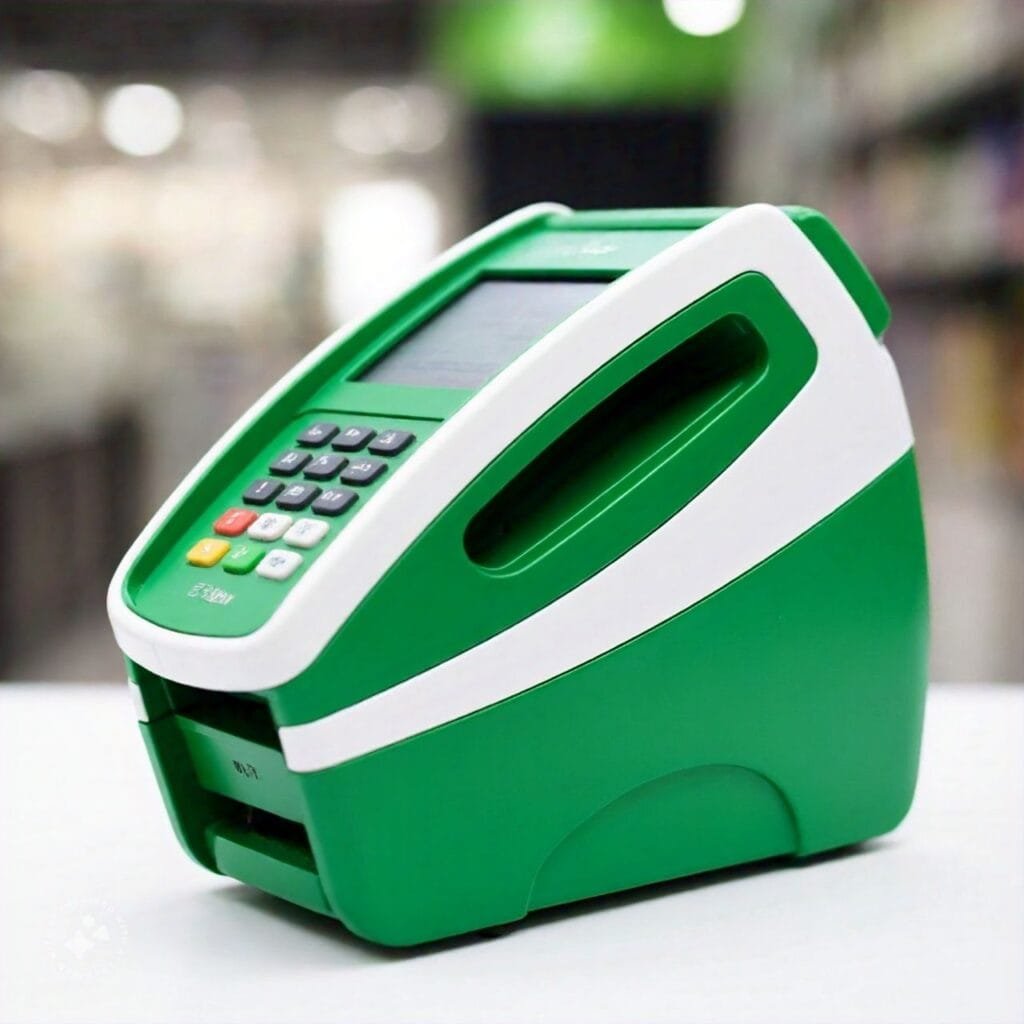Mobile payments refer to financial transactions executed through mobile devices, such as smartphones or tablets, enabling users to pay for goods and services conveniently and securely.
This method has emerged as a vital component of modern commerce, reflecting a broad shift in how consumers interact with money. The evolution of payment methods traces a significant journey from cash transactions to credit and debit card usage, culminating in the adoption of mobile technologies.
The transition from cash payments, which dominated for centuries, to digital payment methods marked a profound change in consumer behavior. The introduction of credit cards in the mid-20th century offered convenience and enabled users to make purchases without physical cash. Subsequently, the rise of the internet facilitated online transactions, paving the way for alternative payment methods. With the advent of smartphones, mobile applications transformed the payment landscape, allowing users to conduct transactions at their fingertips.
Read More: The Benefits of GWC Pay Contactless Payments for Businesses in Africa
Over the past few years, mobile payment systems have experienced substantial growth, propelled by the widespread availability of smartphones and advancements in secure payment technologies. According to industry research, a noteworthy percentage of global consumers have adopted mobile payment options, underscoring a shift in preference towards digital solutions. Factors such as enhanced convenience, speed of transactions, and the growing emphasis on contactless payments have contributed to this trend. Furthermore, the COVID-19 pandemic acted as a catalyst for the increased acceptance of mobile payments, with many consumers seeking contactless alternatives to minimize physical interactions.
As mobile payment technologies continue to evolve, they are fundamentally reshaping the financial landscape and the way traditional banking institutions operate. The convenience that mobile payments offer is becoming increasingly sought after, prompting banks and financial services to adopt and integrate these solutions in their offerings.
Disruption of Traditional Banking Services
The rise of mobile payments has significantly impacted traditional banking services, introducing a new era of financial transaction methods that cater to the evolving needs of consumers. Mobile payment solutions, encompassing digital wallets and peer-to-peer payment platforms, have redefined the way individuals conduct monetary exchanges, favoring convenience and speed over conventional banking processes. As these technologies gain traction, they are disrupting the traditional banking model, compelling banks to reassess their roles within the financial ecosystem.
One of the most notable effects of mobile payment systems is the decline in the use of physical bank branches. As consumers increasingly opt for digital wallets and mobile applications to manage their finances, the reliance on in-person banking services diminishes. This shift not only alters consumer behavior but also poses challenges for traditional banks, which must decide whether to invest in digital infrastructure or maintain their existing service models. Additionally, the competitive landscape is evolving, with fintech companies providing streamlined services often perceived as more efficient and user-friendly compared to traditional banks.
Recommended: How to Get GWC Pay POS: A Complete Guide
Moreover, the emergence of mobile payment solutions has spurred traditional banks to innovate and adapt to consumer expectations. Many institutions are now incorporating mobile banking features and investing in partnerships with fintech firms to enhance their service offerings. This approach allows banks to remain relevant while addressing the changing preferences of tech-savvy consumers who prioritize agility and ease of use.
Despite the challenges posed by mobile payment systems, traditional banks also face significant opportunities. By embracing digital transformation, they can leverage customer data analytics to understand user behaviors and preferences better, thus tailoring their services accordingly. Through this adaptation, banks can not only survive the disruption but potentially thrive in a hybrid banking environment that blends traditional and modern financial practices.
Consumer Behavior and Preferences
The rise of mobile payments has significantly influenced consumer behavior in the context of traditional banking. As technology progresses, consumers increasingly value the convenience and speed associated with mobile transactions. This shift has revealed distinct preferences among various demographics, as younger populations tend to adopt mobile payment methods more readily than older generations. The immediacy of mobile transactions addresses the demand for quick and efficient payment solutions, allowing individuals to accomplish financial activities from the palm of their hands. Additionally, the accessibility of mobile payments garners attention from consumers who are often on the move, transforming the way they interact with financial services.
Several factors contribute to the adoption of mobile payment systems. Ease of use, integration with existing apps and services, and promotional offers play significant roles in shaping consumer preferences. A seamless user experience can encourage individuals to choose mobile payments over traditional banking methods. Furthermore, educational initiatives that inform consumers about mobile payment functionalities can alleviate mistrust and foster a positive perception of these new technologies.
However, security concerns remain a crucial consideration for many consumers. Trust in mobile payment systems is paramount, especially when juxtaposed with the perceived reliability of traditional banking. Users are often apprehensive about data breaches and fraudulent activities, which can inhibit their willingness to embrace mobile payment solutions. As a result, financial institutions must prioritize enhancing the security features of their mobile applications and effectively communicate these efforts to consumers. By doing so, they can strengthen trust and encourage broader adoption of mobile payment technologies, ultimately revolutionizing consumer engagement with banking services.
Future Trends and Conclusions
The landscape of mobile payments is continuously evolving, driven by innovations and changes in consumer behavior that are reshaping the banking industry. As we look toward the future, it is evident that mobile payment systems will integrate increasingly sophisticated technology, including blockchain. This decentralized ledger technology promises to enhance the security and efficiency of transactions, potentially reducing costs associated with traditional banking processes. The implementation of blockchain can usher in a new era where transactions are verified more quickly and securely, making mobile payments an attractive option for both consumers and businesses.
Moreover, the adoption of artificial intelligence (AI) within mobile payment systems is likely to transform consumer interactions, enabling more personalized services. AI can analyze user data to predict spending habits, providing tailored financial advice and alerts for potential fraud. As banks and fintech companies continue to invest in these technologies, the customer experience will likely improve, leveraging advancements to foster financial inclusion worldwide.
Another trend that cannot be overlooked is the rising importance of regulatory frameworks aimed at ensuring consumer protection in mobile payments. As digital transactions proliferate, regulatory bodies are beginning to establish guidelines to protect users against fraud and data breaches. This shift can further solidify consumer trust in mobile payment platforms, encouraging wider adoption among traditionally hesitant demographics.
In summary, the future of mobile payments signifies a shift that could significantly impact traditional banking. As innovations such as blockchain and AI evolve, they will likely redefine transaction processes, customer service, and regulatory measures, ensuring that the banking sector adapts to satisfy changing consumer needs. Monitoring these developments will be essential for financial institutions aiming to remain competitive in an increasingly digital world.



